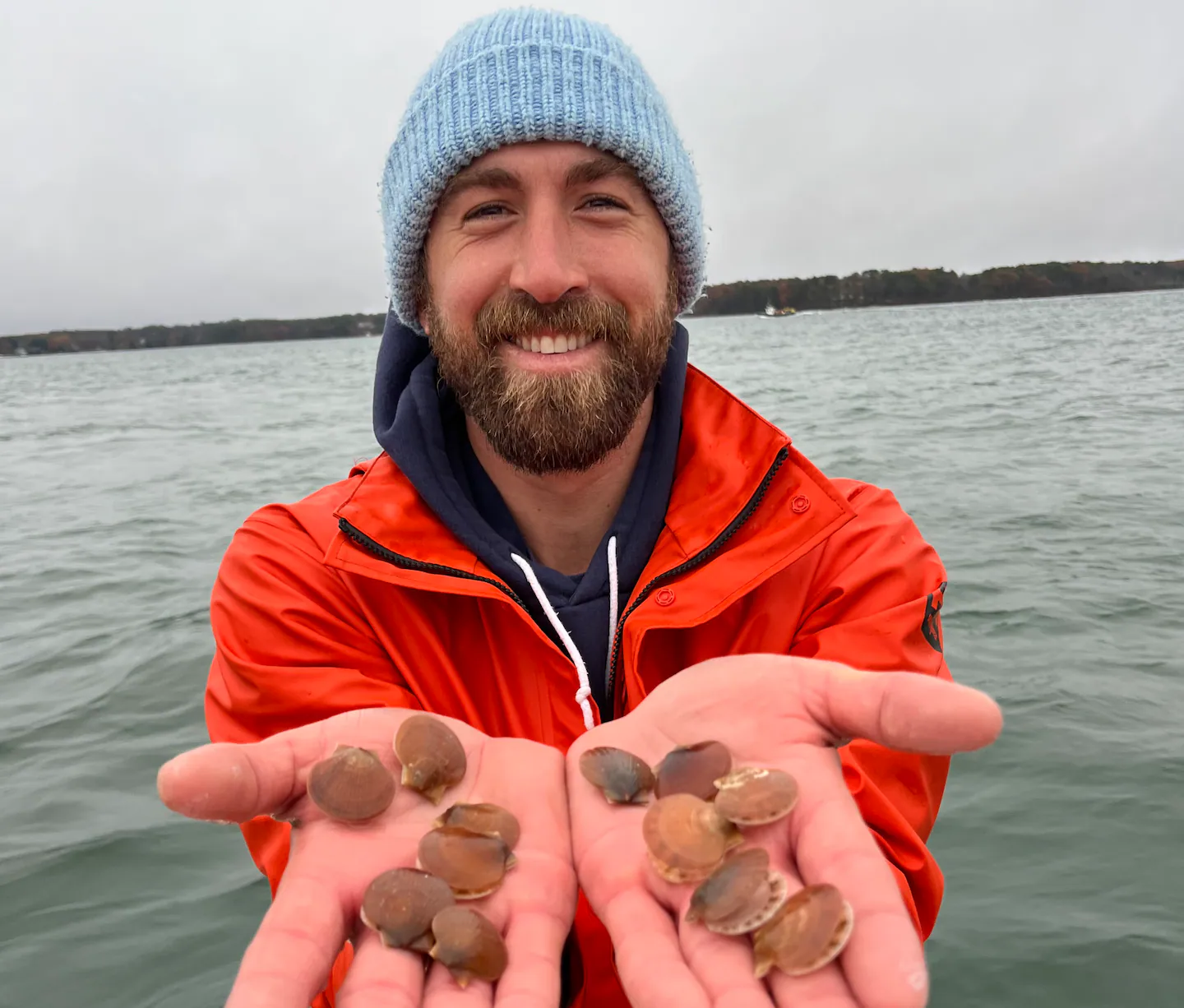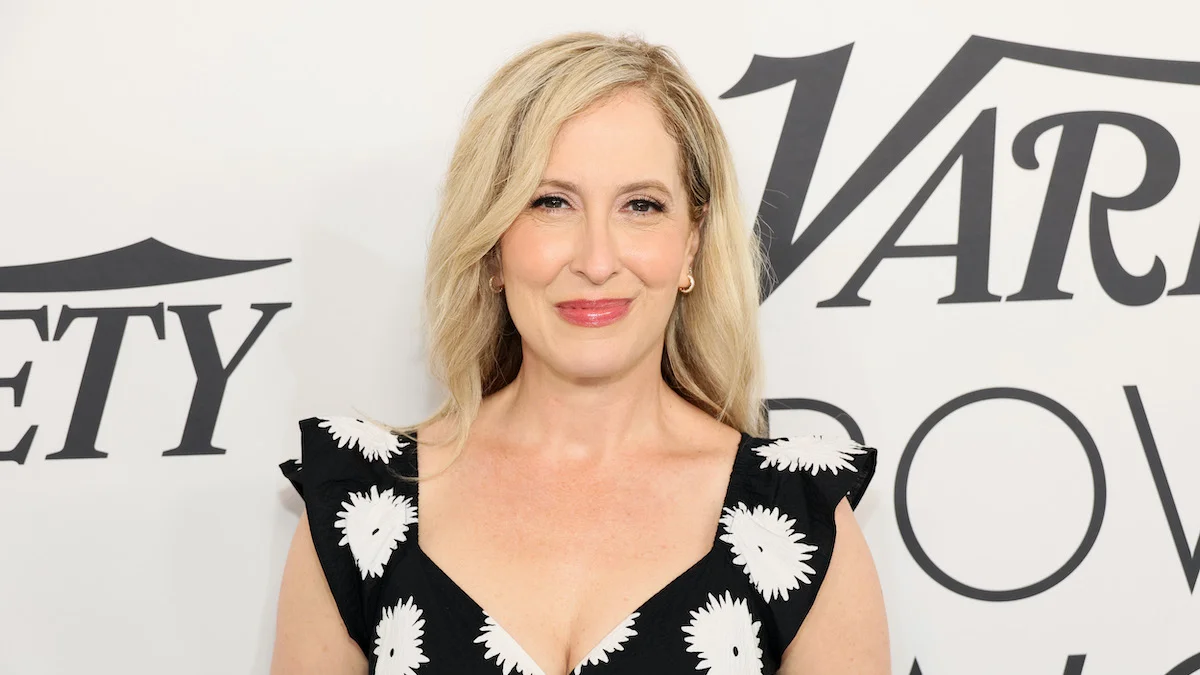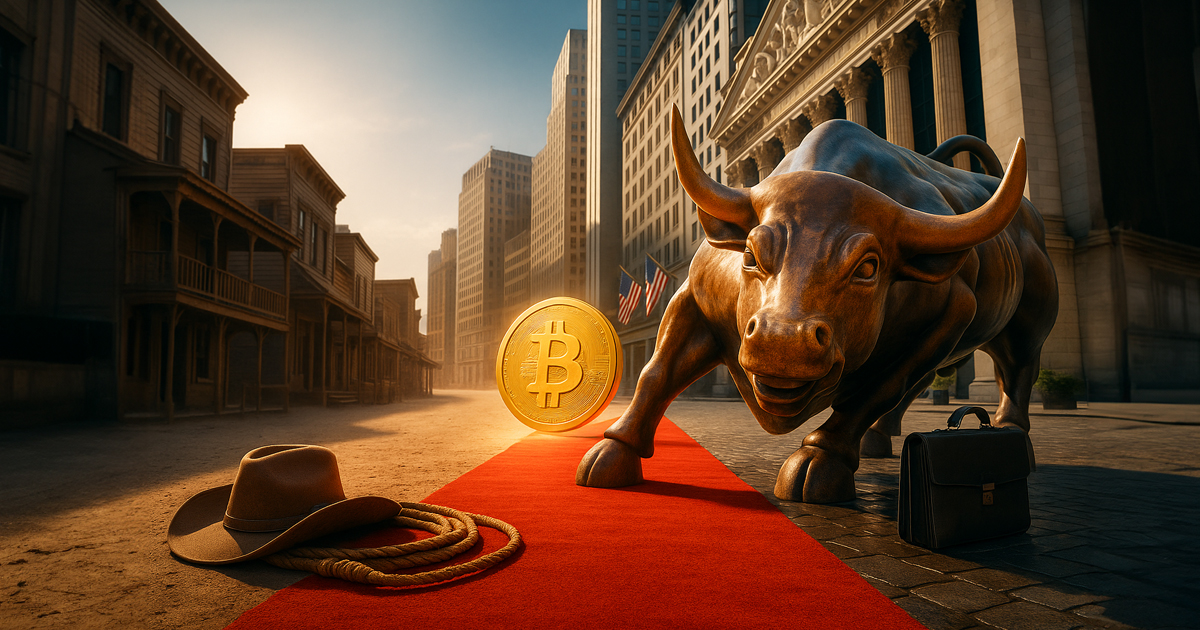Copyright The Boston Globe

But researchers at the University of New Hampshire are looking for sustainable ways to grow local seafood and revitalize the region’s fisheries. Michael Coogan is among them, and he’s found a new way to raise scallops, which he believes could lead to stronger and more sustainable local fisheries, boosting local businesses along the way. This interview has been edited for length and clarity. Why are you working on farming sustainable scallops? Our fisheries are not doing well at the moment. New England used to be the fishing capital of the world, but overfishing, regulatory issues, climate change, and a number of other factors have caused a lot of our wild fisheries to be severely depleted. Our small vessel fleet – which is culturally important and important for feeding our nation – has been shrinking for many decades and now is predominantly dominated by lobster fishing. We’re looking at new methods to supply Americans with good, healthy seafood. Scallops are obviously very in demand. While we have the largest wild scallop fishery in the world, we still have to import half of our scallops. There’s a growing scallop farming industry, especially in Maine, for the last couple decades, but it’s been really focused on using suspended-gear methods developed in Japan. They grow them in these vertical nets, or they do what’s called ear hanging, where you pin each individual scallop on these long lines. Can you briefly describe the kind of scallop farming you’re doing? We wanted to try growing seafood offshore, where it’s rough and potentially deep, without using a lot of gear. That’s where scallops are naturally found, so we figured that’s where we should try growing them instead of having them suspended in the water column where they’re not naturally found. We tested growing them in more than 100-foot water, and they grew amazingly. It’s low maintenance. The best place to grow scallops is on the bottom. How does it work? We stock bottom gear with baby scallops, which we catch from the wild or grow in hatcheries. You grow them out and check on them every six months or so and see how they’re doing. If the densities are too high, you split them up. The beautiful thing about growing scallops is you don’t have to feed them. You really don’t have to do anything for them. For the most part, you can let them be for six months to a year at a time. If you set them in the right environment, all that’s going to change is that they’re going to have gotten bigger and better over that time. It’s hard to think of something that’s more sustainable than setting them out there, and they’re just turning into food. At the same time, they’re filtering the water along the bottom and helping create a cleaner ocean. How long do you have to wait before harvesting them? We’re hoping for two years. Other people have found it to be closer to three to four years. But from our methods and our data so far, it’s looking like two years is very real. How can this help local business? The small vessel fleet has been shrinking. It’s mostly lobster fishermen these days, and the lobsters are slowly migrating further north toward Canada, where the waters are cooler with climate change. The Gulf of Maine is warming faster than almost anywhere else on the planet. Lobster is really our last large economically viable fishery, and we don’t know how long it’s going to last. So we’re trying to develop gear that can be used by existing fishermen. Instead of a lobster fisherman sending out long trawls of lobster traps, they can do the same thing, but with scallop traps. It’s basically a super simple, easy transition for these fishermen to continue doing the same work, just with a slightly different species. How is this method more sustainable than traditional methods? The North Atlantic right whale is critically endangered. There’s only about 350 or so left in the wild. They can get caught in suspended gear, which is a big issue. They don’t always make it out. This version here sits on the bottom so whales won’t get caught. When scallops are collected in the wild, they do it by dragging weighted nets along the bottom in areas with lots of scallops. It’s called dredging. But that can be very damaging to the bottom and whatever lives there. You may end up pulling up a lot of species that you either can’t sell or are protected or endangered. The big issue with importing seafood is you have to ship them around the world. Greenhouse gas emissions wise, that’s a pretty clear reason to grow locally, as well as the economic benefits and building a workforce. How did the idea for this new approach come about? It started with a grant in 2021 from the Atlantic States Marine Fisheries Commission looking at offshore aquaculture. A lot of the aquaculture we have now is very close to the shore, but we only have so much coastal space. The coast is in high demand. A lot of people living on the water don’t want to see a ton of buoys and gear when they look out on their oceans. We were looking to go offshore, out of sight, out of mind. We have this massive space, where we could potentially be growing tons and tons of seafood, rather than importing from abroad. We were looking at the main shellfish species that we grow here in the Northeast, which are oysters, mussels, and scallops. We wanted to test how they did on the bottom, basically for the right whale issue. We found that once you get them pretty deep, below 100 feet or so, they’re totally protected. They’re safe from storms and currents and predators and other fouling organisms, but you can still get really good growth. With mussels and oysters, they did not grow very fast down there and the economics just didn’t play out. Scallops, on the other hand, grew like crazy.



